|
by John Beske Recently, the CBS famed news show 60 Minutes aired a powerful and terrifying segment called The Vanishing Wild that details the Sixth Great Mass Extinction – an event that is killing off thousands of entire species 100 times faster than is typical. Implicit in the story is that one of the species facing extinction is our own. There have been five great mass extinctions in the last 440 million years or so. The most recent one was 65 million ago and it killed off all the dinosaurs, and the worst one being the Permian-Triassic Extinction of about 250 million years ago that wiped out more than 90% of the plants and animals on the planet. It took the world millions of years to recover from that one, but once it did, the new inhabitants were the first dinosaurs and the first mammals. This extinction event is unique, though, in that one single species is deliberately and carelessly doing all the killing. The episode shows this in detail, but, like most documentaries about environmental catastrophe, it fails to address, or even acknowledge, the greatest villain of all – the animal agriculture industry. Nearly two-thirds of the biomass (combined weight) of all mammals on Earth are cows, pigs or other animals raised for food. Most of the remainder are humans and only 4% are wild animals. 70% of the biomass of all birds on Earth are chickens or other birds raised as food. (source) More than half the land area in the US is used to either graze cattle or to grow food to feed them and the other animals we eat. (source) Yet, all these animals (plus all the fish and other sea creatures) provide only about 30% of the calories we consume. (source) If we could somehow convince everyone to switch to an all plant-based diet (a big challenge, to be sure), we could grow all the food we need on less than half of that land, freeing up hundreds of thousands of square miles that could be converted back to its native prairie, forest and high plains ecosystems. This would massively increase the biodiversity and species preservation of these areas, and solve a huge host of other environmental woes in the process. For example, in the Western states of the US, millions and millions of acres of land are used to raise one single species – cattle. To protect these cattle, or more accurately to protect the profits of the ones raising these cattle for slaughter, most of the original inhabitants of these lands – all the deer, bears, wolves, eagles, beavers, etc – anything that threatens or competes with the land or water, are routinely exterminated – shot, trapped, or poisoned – often with help from the US government. This land is commonly called by its exploiters “wasted space” that serves no purpose other than cattle grazing, but it is not wasted space at all. These areas were all deeply complex ecosystems that thrived for millions of years before being destroyed to raise cattle for cheap beef. Preventing the Sixth Great Extinction doesn't require any new technology, tools or wisdom. All it takes is the willingness of a whole lot of people to put the lives of their future grandchildren and the survival of our species ahead of their desire to eat animals. If you want to do something to help fight the Sixth Great Extinction, the best place to start is with your dinner plate. And if you are considering switching to a plant-based diet, we have produced an excellent guide to get you started
0 Comments
|
AuthorWrite something about yourself. No need to be fancy, just an overview. Archives
May 2024
Categories |
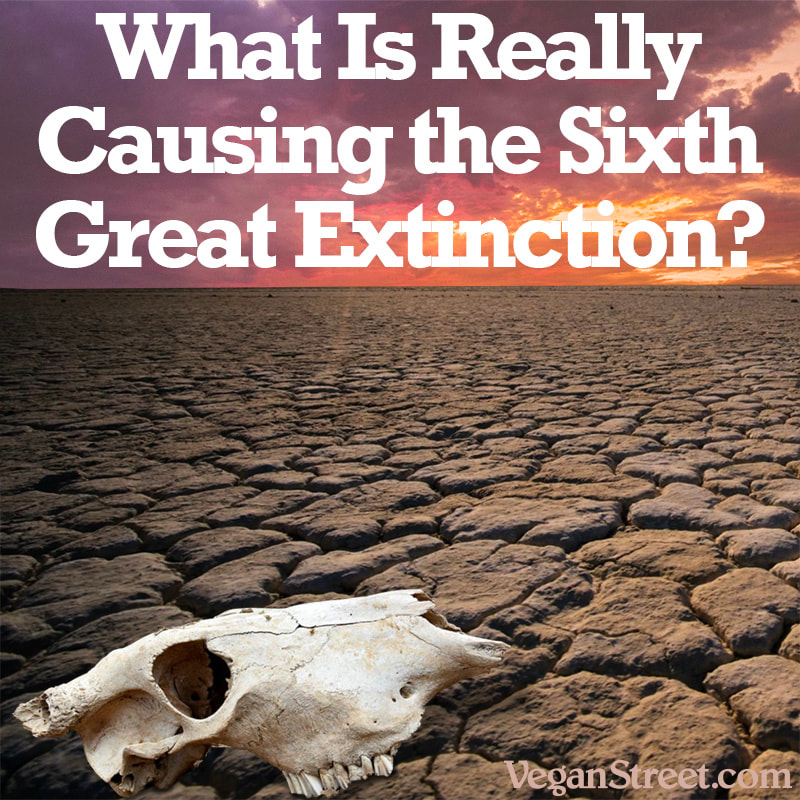
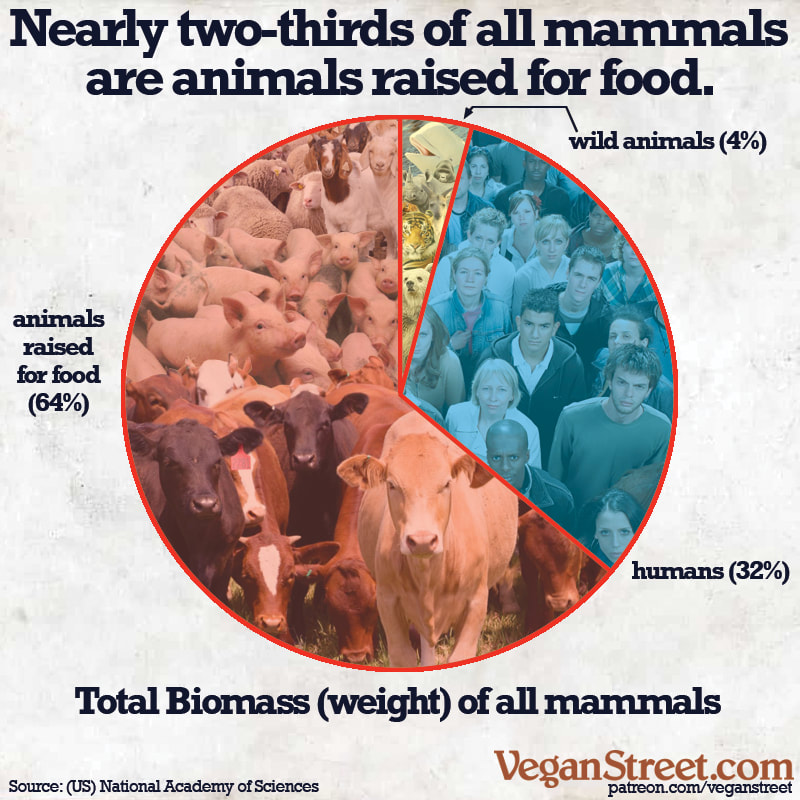
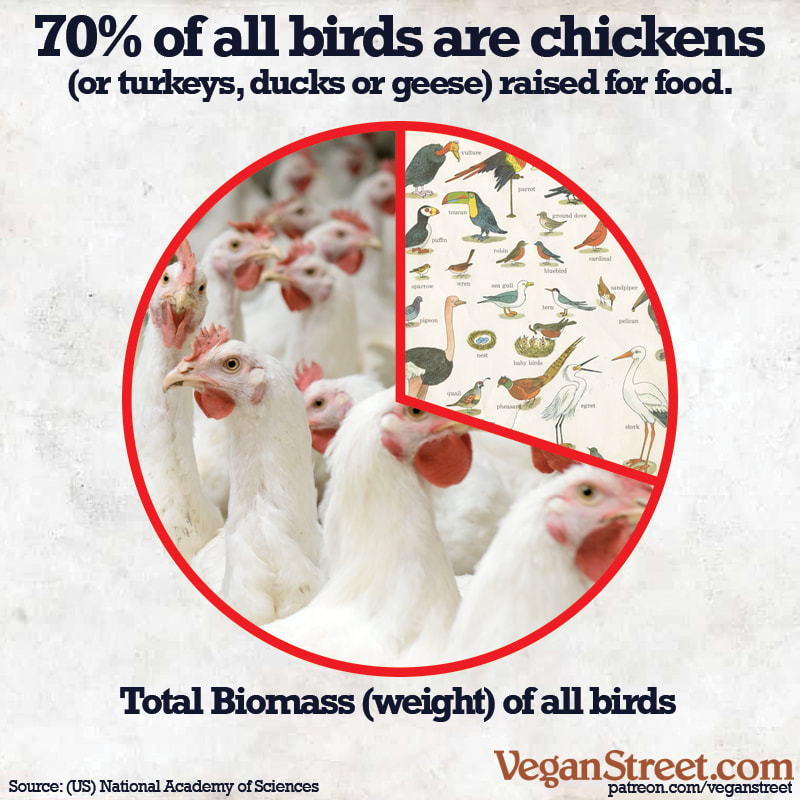
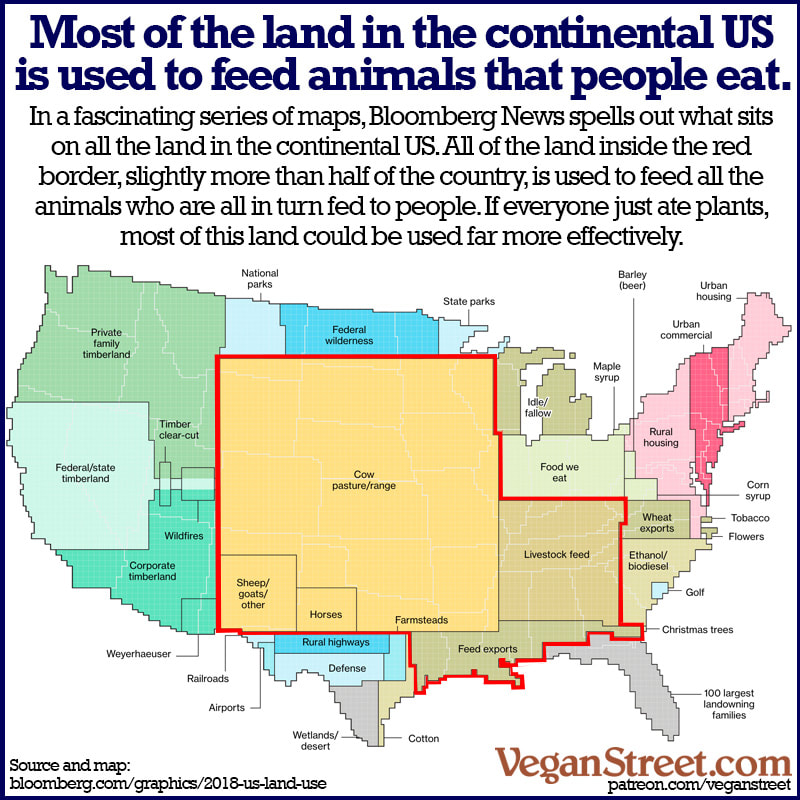
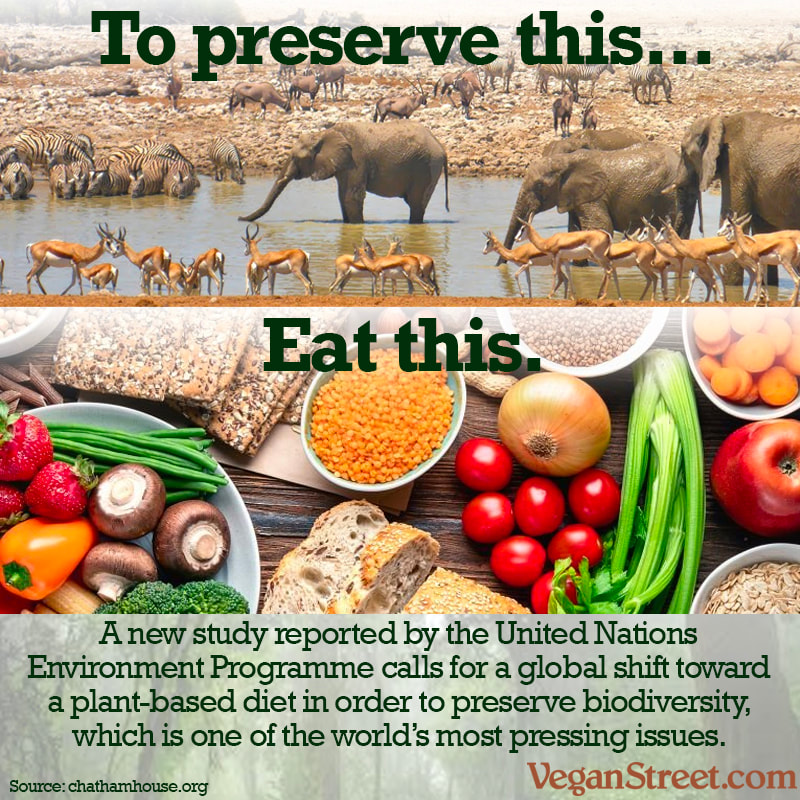
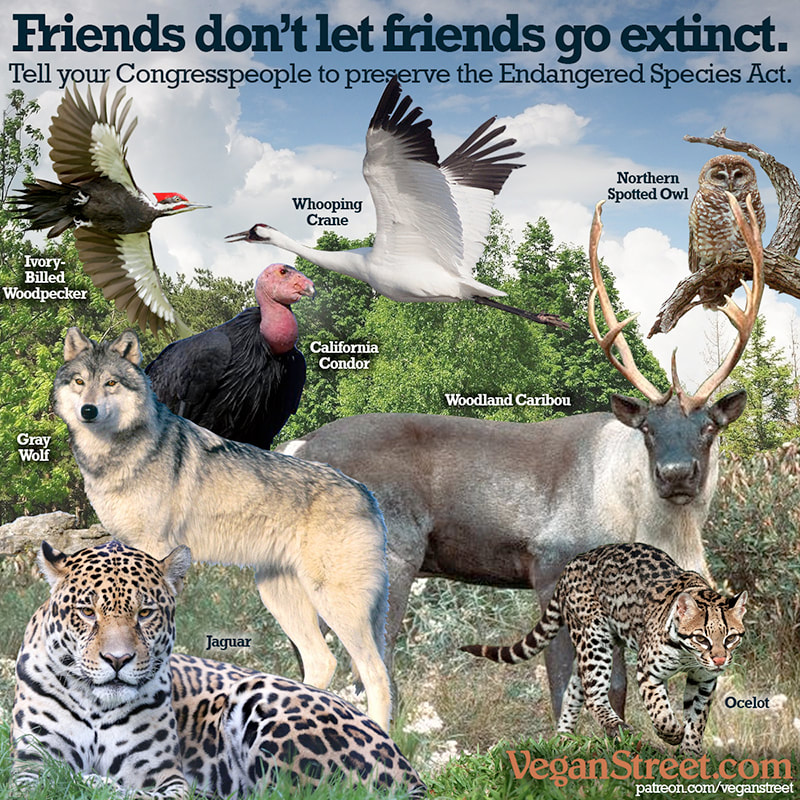
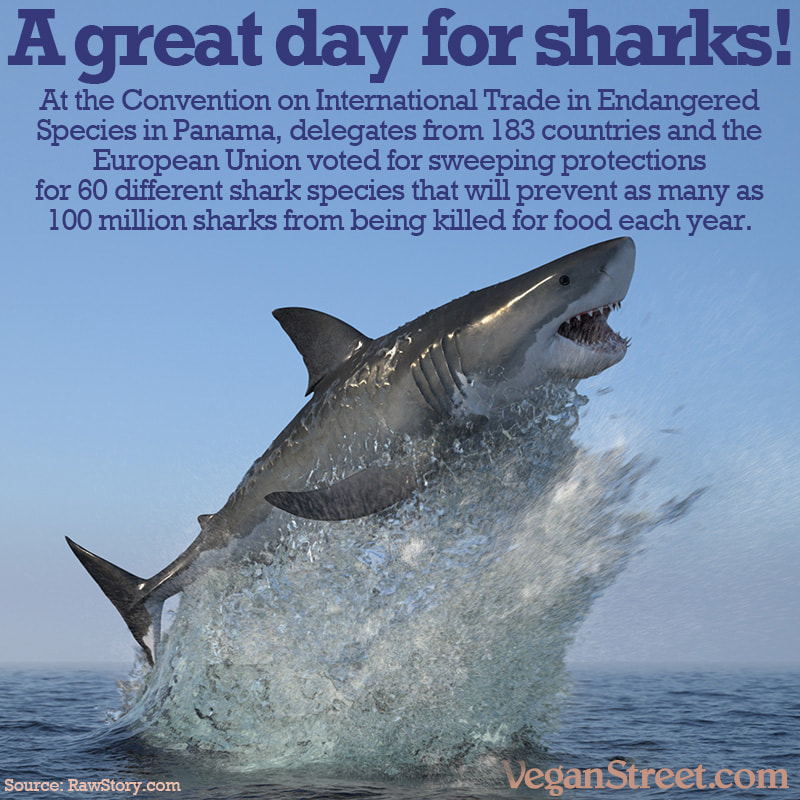
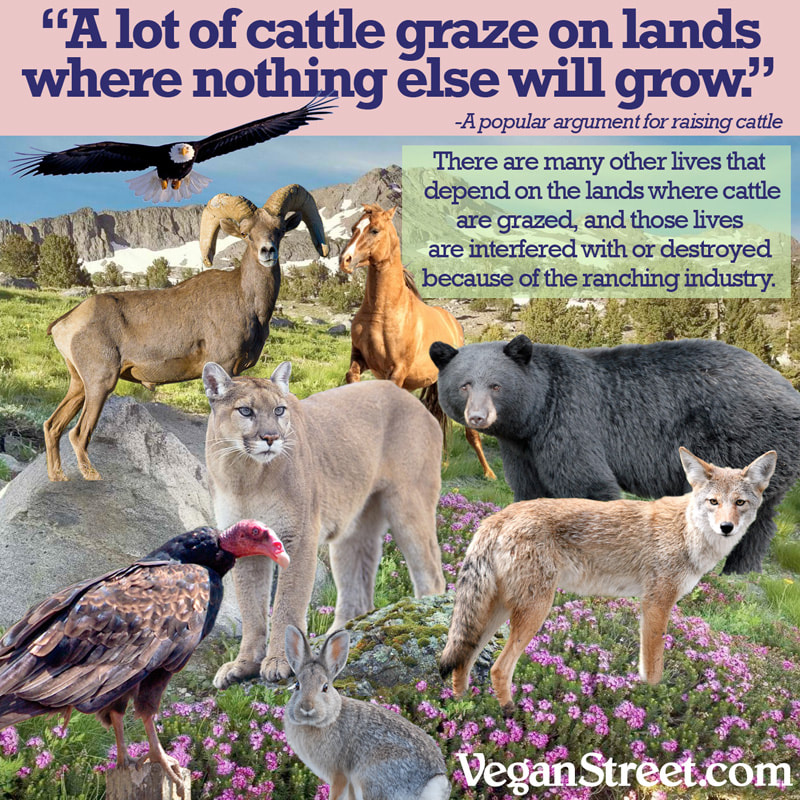
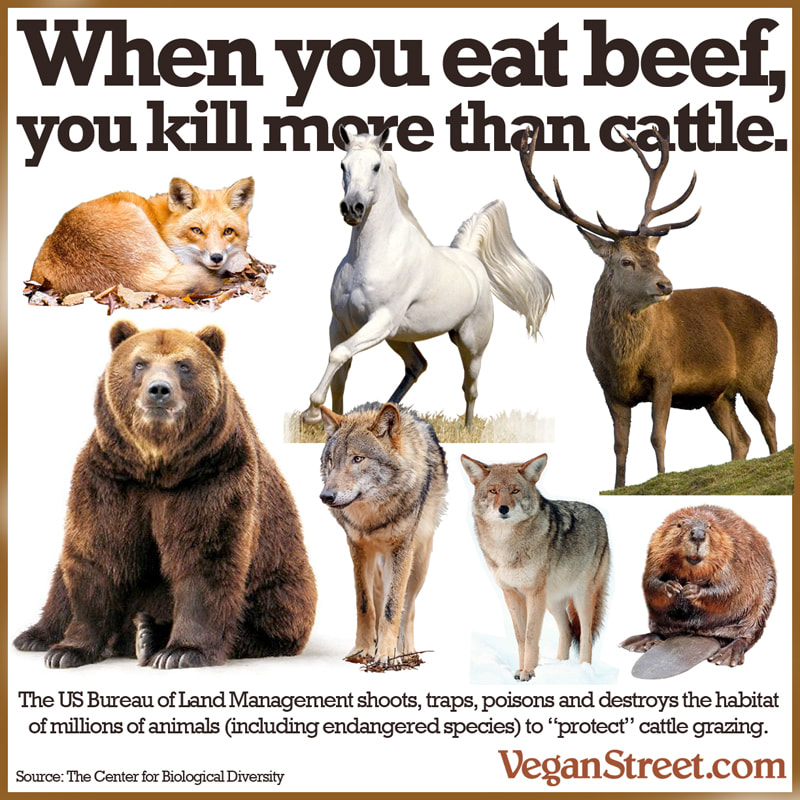
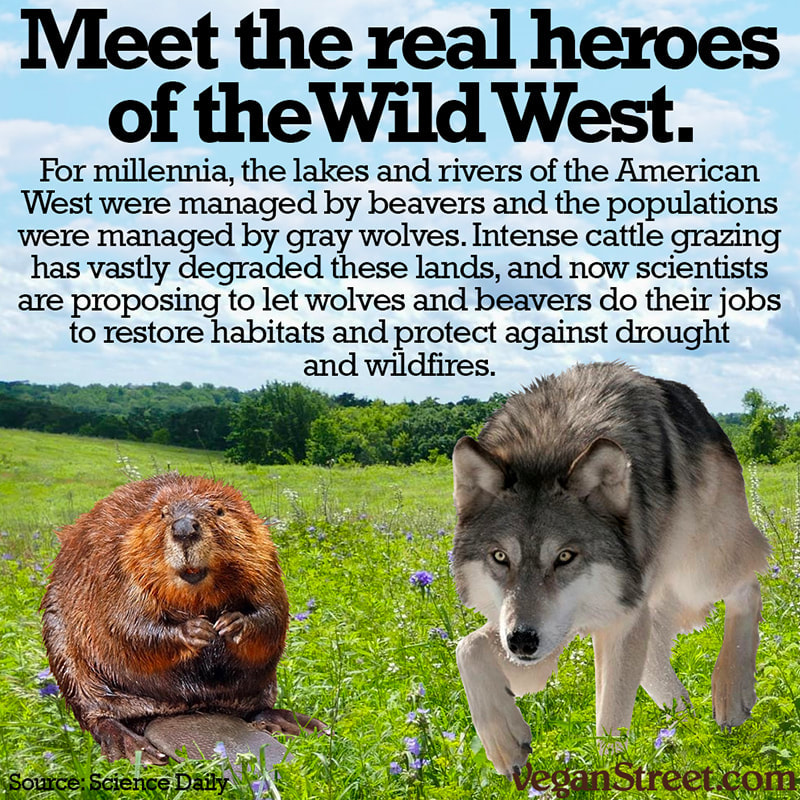
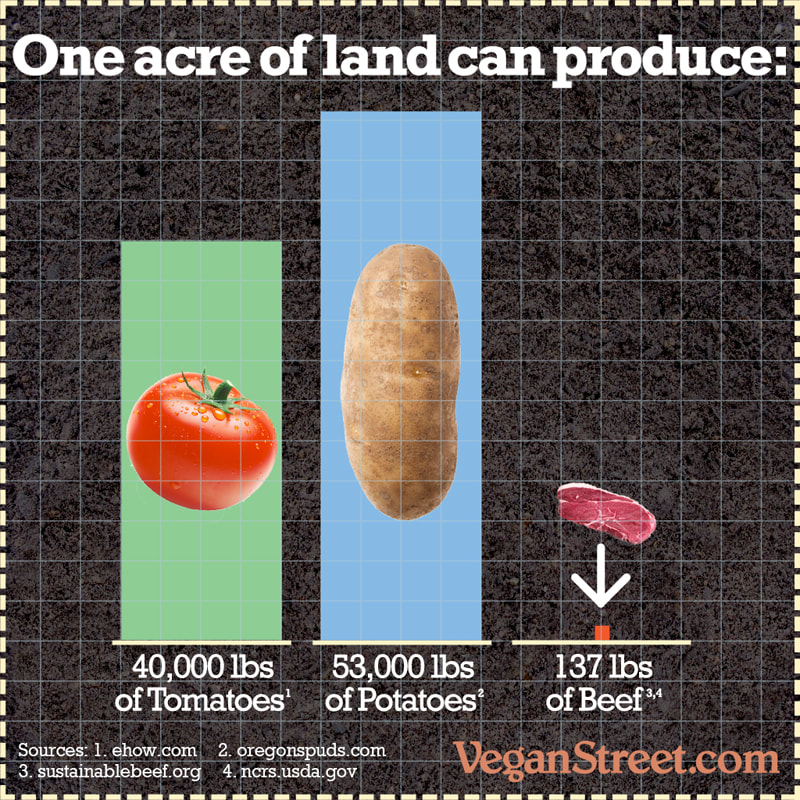
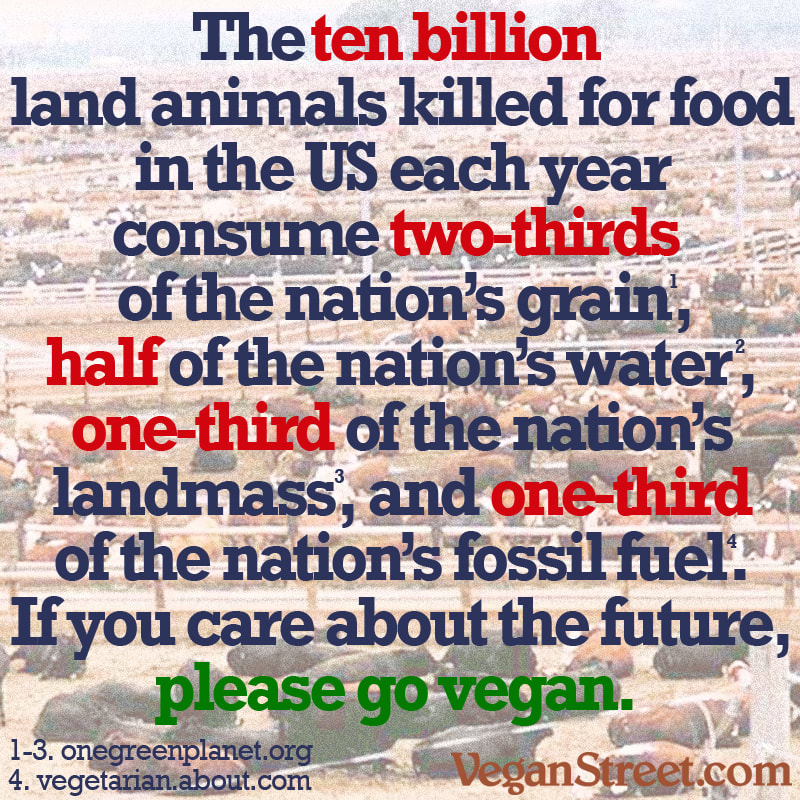
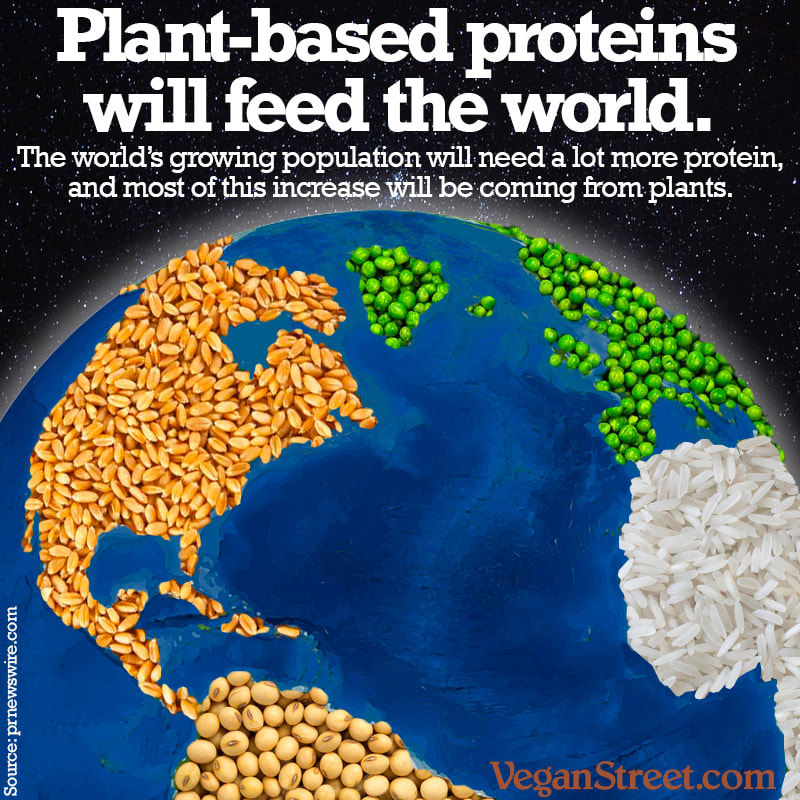
 RSS Feed
RSS Feed